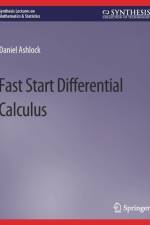von Daniel Ashlock
50,00 €
Evolutionary Computation for Optimization and Modeling is an introduction to evolutionary computation, a field which includes genetic algorithms, evolutionary programming, evolution strategies, and genetic programming. The text is a survey of some application of evolutionary algorithms. It introduces mutation, crossover, design issues of selection and replacement methods, the issue of populations size, and the question of design of the fitness function. It also includes a methodological material on efficient implementation. Some of the other topics in this book include the design of simple evolutionary algorithms, applications to several types of optimization, evolutionary robotics, simple evolutionary neural computation, and several types of automatic programming including genetic programming. The book gives applications to biology and bioinformatics and introduces a number of tools that can be used in biological modeling, including evolutionary game theory. Advanced techniques such as cellular encoding, grammar based encoding, and graph based evolutionary algorithms are also covered. This book presents a large number of homework problems, projects, and experiments, with a goal of illustrating single aspects of evolutionary computation and comparing different methods. Its readership is intended for an undergraduate or first-year graduate course in evolutionary computation for computer science, engineering, or other computational science students. Engineering, computer science, and applied math students will find this book a useful guide to using evolutionary algorithms as a problem solving tool.







